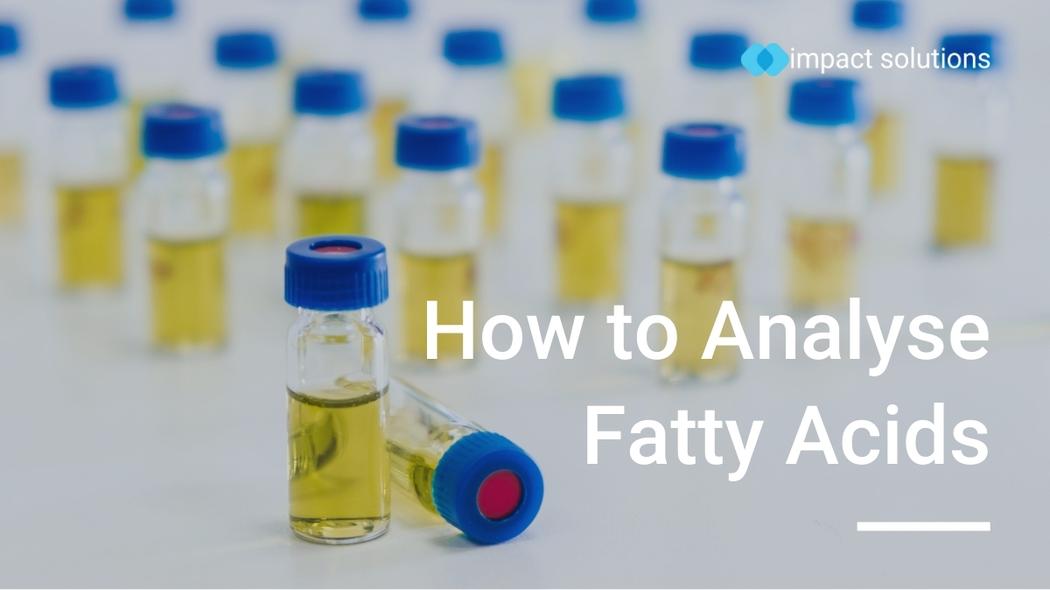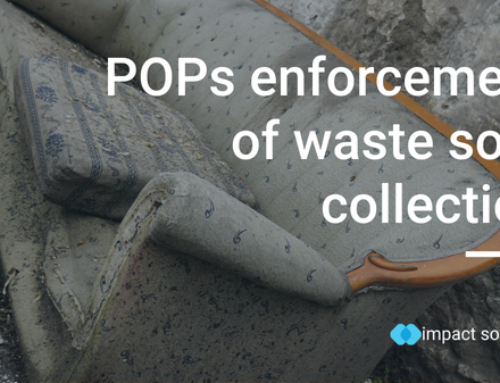What are fatty acids?
Fatty acids are carboxylic acids with general formula R-COOH, where R refers to at least three carbons in the aliphatic chain. In nature, fatty acids usually are in bound form in lipids from animal and plant origin or, less commonly, occur as free fatty acids. Most of the fatty acids occurring in nature consist of 4-28 carbon atoms in the hydrocarbon chain and can be divided into saturated and unsaturated.
Saturated fatty acids contain no carbon to carbon double bonds in their structure. Monounsaturated fatty acids have one carbon to carbon double bond, while polyunsaturated fatty acids have two or more carbon to carbon double bonds in the chain. Trans fatty acids can be described as having adjacent hydrogens on the opposite sides of a carbon-to-carbon double bond and they do not widely occur in nature. Trans fatty acids are mostly derived from hydrogenated natural oils. As a natural source of trans fatty acids, ruminants’ meat, milk and its derived products as well as women’s breast milk can be distinguished.
Fatty acids play an important role in many biological processes in our organisms and are energy sources. For instance, polyunsaturated fatty acids (PUFA) such as omega 3 and 6 acids play important role in brain function, regulate metabolism and affect many systems to maintain body healthy. On the other side, increased intake of trans-fatty acids can lead to heart disease, diabetes risk and weight gain.
Commercially, fatty acids have found numerous applications, mainly used in soap production, cosmetics and detergents. They are also used as components in emulsifiers, lubricants, wetting agents or biodiesel.
Why are fatty acids analysed?
Analysis by gas chromatography (GC) has become a very popular tool used to study fatty acids profiles in various analytical fields. For instance, GC analysis is commonly used to identify and quantify fats and fatty acids in food or supplementary products as well as to ensure the fatty acids content and labelling on the products is correct. It is also suitable for analysing lipid metabolism and dietary importance of fatty acids and their impact on human health, as well as forming part of any organic compound characterisation to determine the fatty acid content from an unknown/mixed sample of organic molecules.
Gas chromatography analysis of fatty acids includes methods such as liquid-chromatography mass spectrometry (LC-MS), gas chromatography with flame ionisation detector (GC-FID), gas chromatography with mass spectrometry detector (GC-MS). Compared to LC-MS and GC-FID, GC-MS provides better selectivity as well as gives more structural information and therefore is the most frequently used method for fatty acids analysis.
How are they analysed?
Fatty acids are commonly analysed by gas chromatography (GC). This technique requires fatty acids to be in their derivatized form, for instance fatty acids methyl esters (FAME), which are more volatile and therefore can be easily separated and quantified using GC, without the risk of thermal decomposition during analysis. Most methods include a few sample preparation steps prior to their analysis on gas chromatography. Firstly, the fat undergoes a saponification reaction which produces free fatty acids and glycerol. Then, the free fatty acids are subjected to a transesterification reaction with methanol to obtain fatty acids methyl esters. Fatty acids methyl esters are then subsequently extracted with organic solvents from the reaction mixture and then can be analysed by GC. To obtain accurate quantitative results, synthetic fatty acid is used as an internal standard, which also compensates for changes of sample preparation and analysis.
Impact Solutions can offer such analytical services with our in-house expertise and state-of-the-art GC-MS equipment. Get in touch to discuss your analytical requirements.





